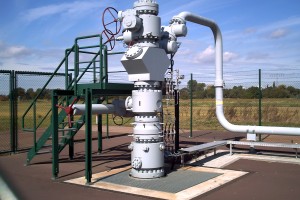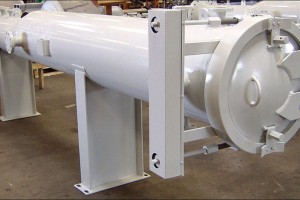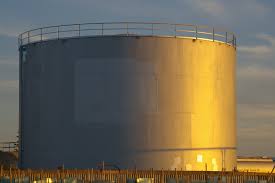Gasification Process
Gasification is a process of converting carbonaceous fuel into gaseous product with a usable heating value. Carbonaceous fuel includes solids, liquids and gases such as coals, biomass, residual oils and natural gas. Gasification is not a single step process, but involves multiple sub processes and reactions. In each gasification process pyrolysis, partial oxidation and hydrogenation sub processes are involved. It differs from combustion, because the combustion product flue gas has no residual heat value. The generated gas, usually referred as synthesis gas, contains carbon monoxide and hydrogen, which are building blocks for many chemicals, as major components, and methane, carbon dioxide and hydrogen sulfide as minor components.
Syn Gas
The generated Synthesis Gas or ‘Syn Gas’ has wide range of applications ranging from direct house hold applications to power generation. It can be directly used as town gas for house hold cooking. Syn gas is used for production of chemicals such as ammonia, urea, methanol etc. By converting the carbon monoxide present in the syn gas to hydrogen through application of water gas shift reaction and associated downstream purification processes, it is possible to produce fuel cell grade hydrogen from syn gas. The syn gas can be converted to liquid fuels by the application of Fischer Tropsch process. It can also be used for power generation by firing it in gas turbines.
Out of all gasification processes, coal gasification process gained much interest from last three decades, because of the huge quantities of the coal reserves available throughout the world. Coal can be gasified by reacting it with mixture of air and steam at various temperature and pressure conditions. The reactivity of coal, gas composition and calorific value of the generated gas depend on type of coal, its composition and operating parameters. Variety of gasification technologies that include moving bed, fluidized bed and entrained flow gasification are in application. The generated syn gas from coal gasification contains fine particulates and trace impurities such as NH3 and H2S and alkali metals. Depending upon the end use of the gas, it is subjected to a series of gas cleaning processes.
Due to presence of both gas turbine and steam turbine cycles, combined cycle power plants are more efficient compared to coal based power plants. In IGCC, the fuel required for gas turbine is generated by gasification of coal.
The maximum theoretical efficiencies of a power plant in converting chemical combustible energy to power is obtained by the following expression for the reversible Carnot process.
Where η is fraction of available combustible energy, w is energy that is converted to power, q is total chemical energy available, TL is lowest temperature in the process i.e. ambient temperature and TH is highest temperature in the process.
Based on this expression, Carnot efficiencies, actual plant efficiencies and percentage of actual efficiencies in terms of Carnot efficiencies for various types of power plants are given in the following table.
|
Cycle |
Fuel |
Temperature (0C) |
Efficiencies (%LHV) |
|||
|
TLow |
THigh |
Carnot |
Actual |
Actual as % of Carnot |
||
|
Subcritical steam cycle Supercritical Ultra supercritical IGCC |
Coal Coal Coal Coal Gas |
27 27 27 27 27 |
340 540 650 1350 1350 |
51 63 67 82 82 |
35 40 45 46 58 |
69 63 67 56 71 |





